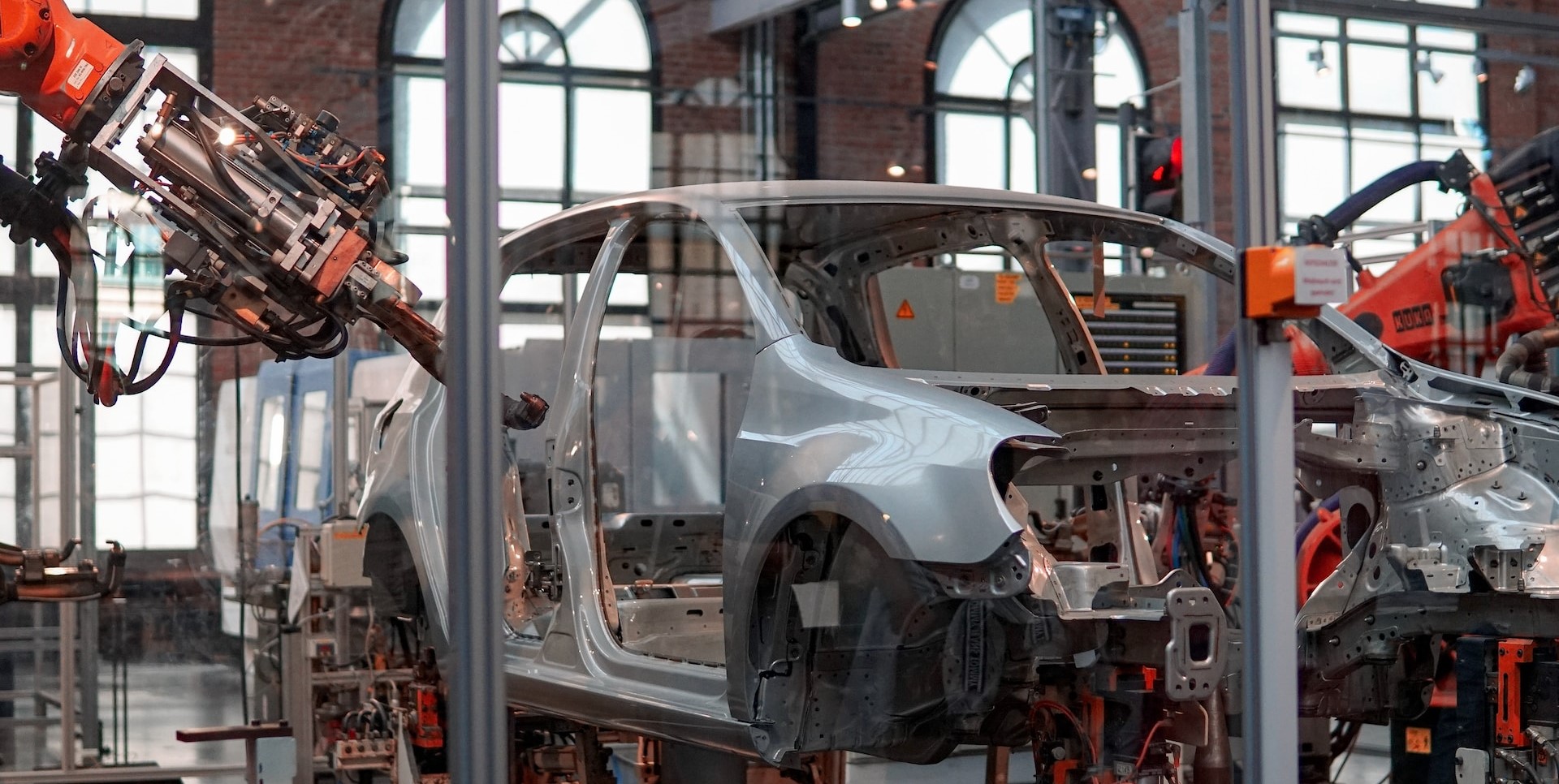
As an Amazon Associate, Modded gets commissions for purchases made through links in this post.
Another year means more opportunities for advancement. Every company wants to find ways to get marginally better. The 2020s have already seen tremendous growth in the automotive industry. What’s in store for the future? Here’s a guide to the trends and what you can look forward to in 2024.
1. Sedans Continue Their Demise

The 2020s have seen a sharp turn away from the sedans. For example, Ford has stopped making the Fiesta, Taurus, Focus, Fusion and more. Why has the industry moved away? Why is Ford only sticking with the Mustang?
It seems like it’s the preference of the consumer. People want vehicles that are more friendly for families and road trips. You can take an SUV or truck off-road, but it’s much harder to accomplish with a Toyota Camry. If you want a sedan, you’ll likely need to look for manufacturers like Toyota, Nissan, Hyundai and others.
Sedans remained popular because of their fuel mileage. However, SUVs and crossovers have closed the gap in fuel economy. Plus, electric vehicles (EVs) are leveling the playing field.
2. EVs Continue Their Rise

If you ask Danny Zuko to describe the automotive industry, he’d say, “It’s electrifying!” The EV market is growing, and its meteoric rise has continued in 2024. Automakers across the board are switching to EVs to reduce their carbon footprint and save the planet.
Fossil fuel consumption has been a significant part of our automotive lives. Data from the International Energy Agency show that cars and vans comprised 8% of global carbon dioxide (CO2) emissions in 2021.
Experts predict the EV and hybrid vehicle market will reach $457 billion in revenue this year. By 2027, the revenue will nearly double to $858 billion and 16.2 million units.
3. Self-driving Vehicles Are Expanding
There are two types of vehicles on the rise. One is the EV, and the other is the self-driving car. Autonomous vehicles are elusive, as no manufacturer has yet to build a level 5 car according to Society of Automotive Engineers (SAE) standards. You can’t fall asleep behind the wheel, but there are advancements in self-driving cars that are important.
In 2023, Mercedes-Benz became the first manufacturer to achieve level 3 autonomy with the SAE. The Drive Pilot has received approval in Germany, and it’s coming to the United States. Drivers in Nevada can operate the Drive Pilot feature at a maximum speed of 40 miles per hour (mph) on highways with high-traffic density. The future is bright for self-driving vehicles.
4. More Tech Features

Cars have become more than vehicles for transportation. Nowadays, they’re increasingly becoming entertainment centers because of technological features. Imagine you take a road trip to Disneyworld in your Kia Telluride. The 12-hour drive isn’t as intimidating if you have fun along the way.
For example, Apple intends to release its 2023 iteration of Carplay later this year. This software makes you feel like you’re using the iPhone instead of the built-in infotainment system. You can access Netflix, iMessage, phone calls and more at the touch of a button. Some automakers confirming CarPlay include Ford, Nissan, Mercedes-Benz and more.
5. Cyber Threats Increase
Technology is great until it isn’t. Watching “Stranger Things” or the NBA Finals from your car is fun, but the advanced software also leaves room for cyber theft. Cybercriminals become more intelligent yearly, and cars are the next looming threat. Imagine driving on the road and your car suddenly stops. It turns off, and you can’t access it anymore. The culprit is a hacker who has remotely accessed your car. This reality is becoming possible in 2024.
Many modern vehicles require a key fob or phone to unlock the car. A savvy thief can hack your account and unlock your vehicle from afar, even if they’re thousands of miles away. The odds of an attack are low, but you should take precautions to protect yourself. For example, update software regularly. You apply the same logic to your computer. Updating software protects you from backdoors and other vulnerabilities in your car.
6. Car Prices Come Down … Slightly
Buying a new car in the last three years has been quite the venture. Do you want to buy a new vehicle? Get ready to drop 50 stacks. According to Kelley Blue Book, the average price of a new car in February 2023 was $48,763, a slight decrease from the past few months. The new car price is still steep. However, it’s still out of range for many.
So, how did we get here in the first place? The issues go back to 2020, as Americans stayed home and bought fewer cars. Automakers responded by making fewer cars. As the pandemic winded down, demand for cars soared. Chip shortages and lower vehicle supply created the soaring prices we see today. They’re gradually coming down in 2024 as chip production increases and car demand decreases.
7. Hydrogen Fuel Enters the Game
EVs are the most predominant source if you want a non-fossil fuel-powered car. However, other options are rising on the market. Have you heard of hydrogen fuel? The first element on the periodic table is more than a volatile element, the lightest of all. You can use hydrogen for power in your car. Its rise in 2024 could open new opportunities in the alternative fuel race.
The most famous hydrogen-powered car on the market today is the 2023 Toyota Mirai. Its fuel range is a whopping 400 miles before you need to recharge it. Owning a hydrogen-powered vehicle requires you to live in California or Hawaii. The Mirai has a fuel cell converting hydrogen into electricity. The process is quite fascinating if you’re a chemistry enthusiast. Can you imagine what Marie Curie or Dmitri Mendeleev would think if you told them about a Toyota Mirai?
In 2022, the federal government allocated $9.5 billion in funding for climate-friendly projects, such as hydrogen fuel research. The race for hydrogen-fueled cars could rival EVs this decade as activists search for how to get away from fossil fuels. You won’t have to worry about tailpipe emissions because they only emit water vapor.
Optimism in the Automotive Industry
In the U.S., cars are vital for many. You need them to get to work, school and entertainment hubs. Your transportation now likely looks different than it did in 2013 or 2003. My, how the industry has changed. The change is only staying with these seven automotive industry trends of 2024.
Stay up to date with the latest by subscribing to Modded Minute.
Author
Jack Shaw is a senior writer at Modded. Jack is an avid enthusiast for keeping up with personal health and enjoying nature. He has over five years of experience writing in the men's lifestyle niche, and has written extensively on topics of fitness, exploring the outdoors and men's interests. His writings have been featured in SportsEd TV, Love Inc., and Offroad Xtreme among many more publications.






